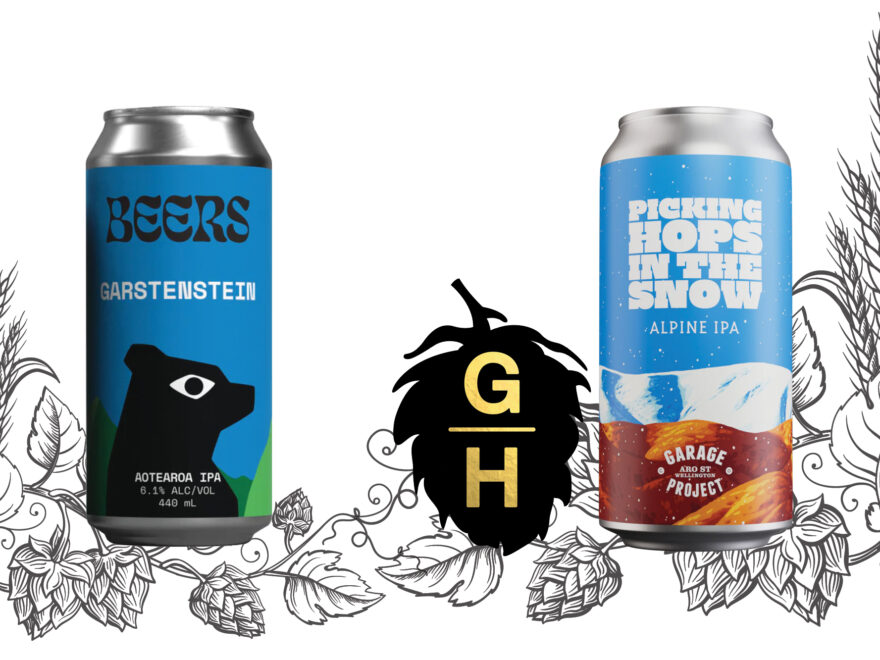Tim Newman
Hop cultivation in New Zealand is always in a state of quiet iteration. New varieties are constantly being developed to cater to the shifting demands of the consumer palate, and older varieties gradually fall away from their former prominence. But the hop growing landscape has never experienced a true sea-change. That was until last year, when it wasn’t the hops that changed, but the entire landscape.
For the span of modern brewing, hops have been synonymous with Nelson. The warm climate and ample rainfall drew the first growers from the times of the early settlers, and over time the critical infrastructure built up around the region. In the present day it’s that infrastructure, crucially the processing facilities, rather than the climate, that have dictated the boundaries of hop cultivation (the cones being notoriously perishable between harvest and processing).
But now, a new southern sun is rising over the industry, as the McNamee family establish Garston Hops, a hop farm and (most importantly) processing facility amongst the foothills of Southland. This new facility, built on the McNamee’s fifth generation sheep farm, will serve as a critical nexus for commercial growing in the area, unlocking an entirely new opportunity to cultivate hops for those who work the surrounding countryside. While for brewers and critics like myself, it presents the opportunity to truly examine how terrain and climate affect our local hop character. Lizette McNamee describes how the starkly different terroir of Southland is expressed through the character of their hops.
“The cooler temperatures in Garston, in particular, encourage a slower ripening process, allowing hops to develop complex and delicate flavour profiles. The longer growing season in Southland provides an extended window for cultivation, which can result in hops with a broader range of aromatic compounds. With the combination of soil, water, and sunlight, each growing region—including Southland—creates its own signature character in hops. These factors, along with isotopic ratios, give Southland hops a unique “fingerprint” that reflects the region’s specific growing conditions, contributing to the diversity of flavours found across New Zealand’s hop-growing areas.”
The exploration and codification of this new southern terroir has only just begun, as solo Southland hopped beers are only just beginning to appear in force. But my initial findings are that these beers present a tighter acidity and cleaner character, producing IPA’s with qualities that brewers would typically have to resort to American grown hops to achieve. Here are a few pioneering examples to explore.
BEERS: ‘Garstenstein’ NZIPA 6.1%abv
Originally a fresh hopped collab with Wanaka Beerworks. This conventionally hopped ‘production model’ is now one of the very few core range beers to sport Southland hops exclusively. Juicy, pure citrus with delicate supporting notes of apple, pear and floral characters.
GARAGE PROJECT: ‘Picking Hops In The Snow’ NZIPA 6.0%abv
Not a marketing gimmick, these hops were actually picked in the early autumn Southland snow. This self described Alpine IPA certainly fits the bill, with magnificently crisp and clean tropical flavours, and an impressively angular bitterness in the finish.


